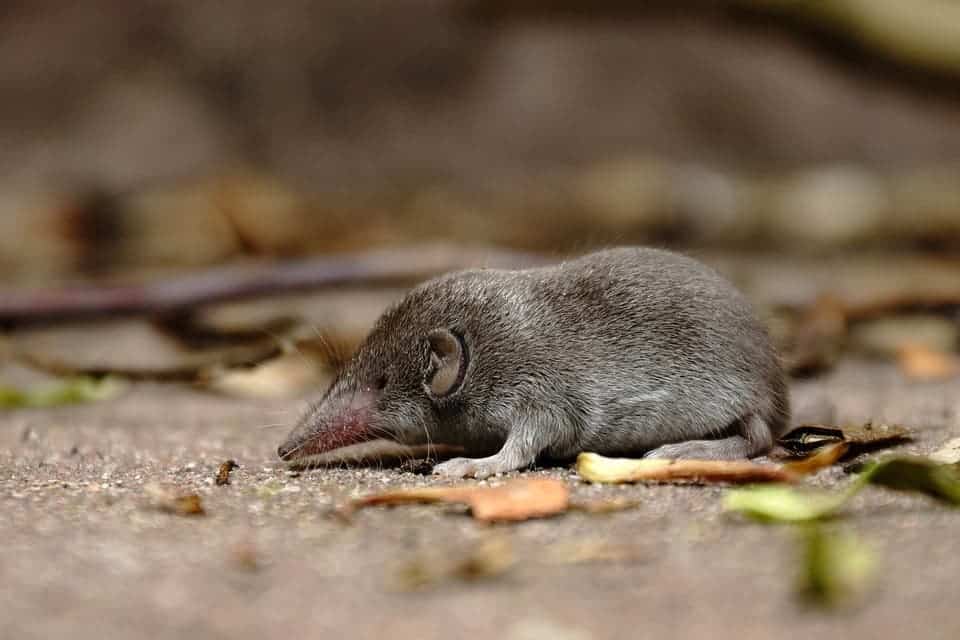A mind-boggling new study showed that red-toothed shrews (Soricinae) shrink their skulls and brains by up to 20 percent during the freezing winter season. The shrews gradually regrow skull tissue with spring and reach peak head size during summer.

Biologists have been aware that the heads of shrews seem to shrink seasonally for some time. Previous studies who followed and measured shrews at the population level found the height of the animals’ braincase declined by 20 percent during winter and increased by 15 percent during summer. There’s an even a name for the observation called “the Dehnel phenomenon”, after famed zoologist August Dehnel who first documented the peculiar cranial shrinkage in 1949.
This time, researchers at the Max Planck Institute for Ornithology in Germany measured shrew heads on an individual basis, rather than across populations. The animals were first captured using live traps from the summer of 2014 into the fall of 2015. Researchers then X-rayed the anesthetized shrews to measure their skulls and implanted a microchip under the skin for later identification and tracking.
The measurements of shrew heads taken over the course of the seasons confirmed the Dehnel phenomenon, authors write in a Rpaper published in Current Biology. Twelve individuals of the species Sorex araneus, for instance, were captured at all three stages showing the same pattern: the skull size peaked in summer, declined in winter, and started to recover in spring.
“We found that each shrew undergoes a dramatic decrease in braincase size from summer to winter,” said lead-author Javier Lazaro of Max Planck Institute for Ornithology in Germany. “Then, in spring, the braincase regrows, almost reaching the original size in the second summer.”
It’s not only the head that shrinks. Lazaro says the entire shrew body seems to undergrow transformations in size. During the winter, several major organs lose mass, the spine gets shorter, and brain mass decreases by 20 to 30 percent. It must feel stupidly cold for the shrew.
Scientists don’t know for sure why shrews learned this adaptation but they have some hunches. Because they have a fast metabolism, the body shrinkage could help the shrews better cope with harsh winters when food is scarce. Unlike other mammals, shrews don’t hibernate or migrate.
“Reducing head size–and thus brain size–might save energy disproportionally as the brain is energetically so expensive,” Lazaro says.
As to how this remarkable transformation takes place, evidence so far suggests the braincase drops in volume as tissue within cranial sutures is resorbed. Bone tissue later regenerates once spring approaches.
Scientists say understanding how the shrew does its magic trick could potentially one day lead to cures for skeletal diseases in humans.
Next, the researchers plan on investigating in greater detail the process that causes structural changes in the shrinking shrew brain. They’re also interested in learning how all of this affects cognitive abilities.


